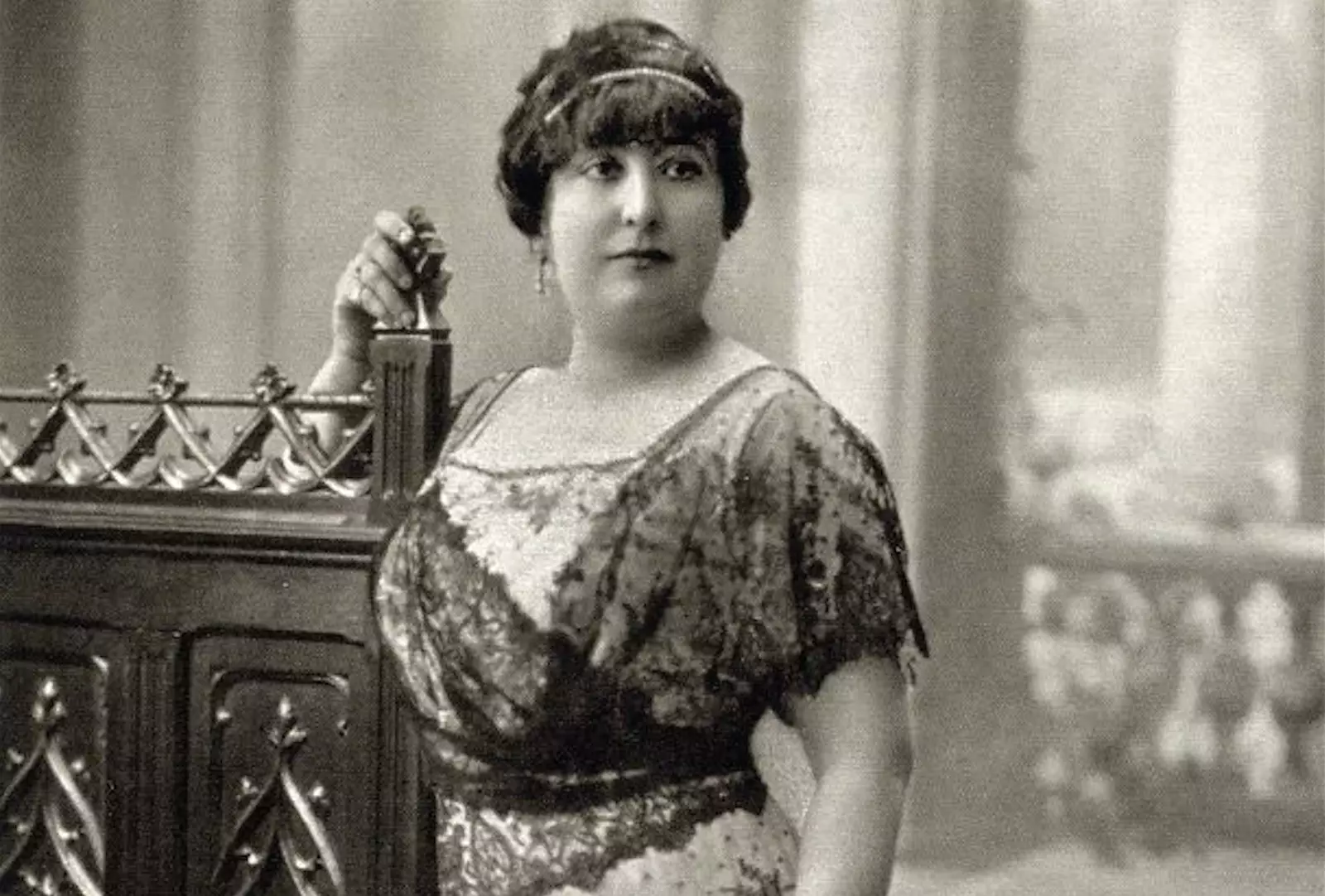
Colombian
"I grew up in a beautiful Andalusian valley , hidden in the foothills of the **Sierra Nevada mountain range**, on the seashore, facing the African coast. In this Moorish land in my unforgettable Rodalquilar , my spirit was freely formed and my body developed. No one spoke to me about God or laws, and I made my own laws and went without God. There I felt the pantheism worship , the rude longing of the noble affections, repugnance to lies and conventions . I went through adolescence as a daughter of nature, dreaming with a book in my hand by the sea or galloping across the mountains. Then I went to the city... and I who believed all of humanity was good, I saw its trifles, its miseries...".
You probably don't know who the quote that opens this text belongs to, instead, it is part of the work of one of the most important women of our culture: ** Carmen de Burgos y Seguí .**
Born in 1867 in Almeria , Carmen grew up in the wild surroundings of Rodalquilar, where her father, vice-consul of Portugal, owned land and mines. There, she grew up happy. At a very young age, she threw herself into a fateful marriage from which she was forced to escape to Madrid, along with her only daughter, María, after sneaking out the teacher's degree, at night and secretly.
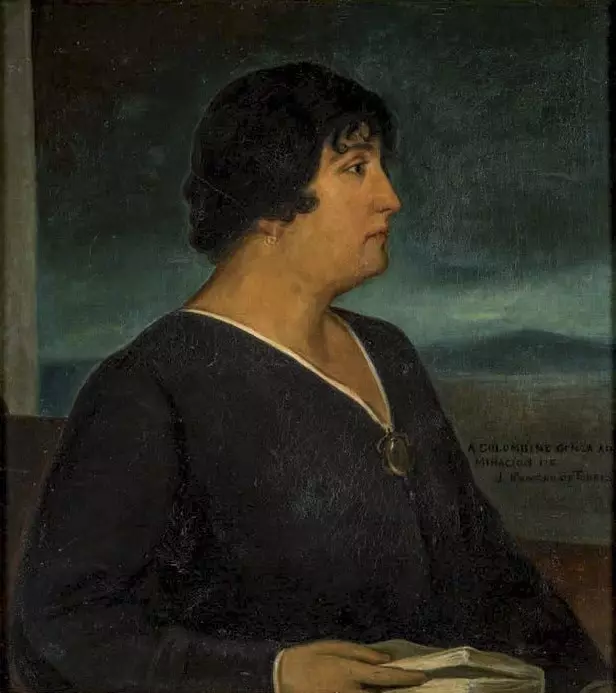
Portrait of Carmen de Burgos made by Julio Romero de Torres in 1917
Intellectual, teacher, journalist, republican, writer, traveler, feminist, lecturer and cultural agitator. She went there, in Madrid, under the pseudonym of Colombian , where she became the first professional woman journalist in Spain . The first of all of us. Carmen was also the first woman war correspondent in our country, covering the morocco war, from the front lines, to The Herald of Madrid.
Perhaps Carmen de Burgos invented , without intending it, to the modern woman . And, on the other hand, her literary existence was brief. Many tried to silence her during her time. The censorship of the Franco regime achieved it. Like many other authors, Colombine's work was silenced and forgotten, As if it had never existed.
Although Carmen had to use other pseudonyms What Gabriel Luna, Perico el de los Palotes, Raquel, Honorine or Marianela Finally, everything bearing her signature was eliminated and not a single trace of her struggle was left in public libraries or bookstores. And, although her redemption comes little by little, the forgetting of her work and figure of her continues, even in her own small homeland.
A land that let her escape from it, but which she evoked from a distance whenever the occasion and the muses required it. Through her lyrics, Carmen returned to that Almería of her happy childhood, to that beautiful Andalusian valley.
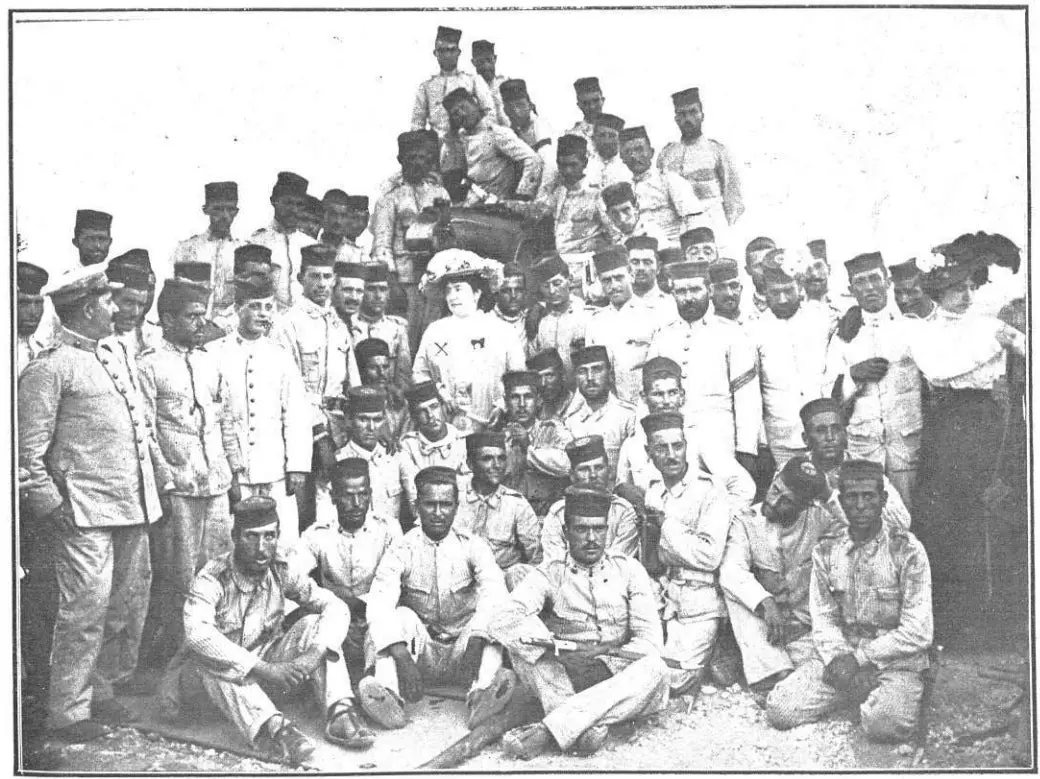
Colombine, photographed in the summer of 1909 in Melilla by Goñi, surrounded by officers and artillery soldiers.
"Rodalquilar forms a semicircle of tilled and verdant land , with something of an amphitheatre-like appearance. The rocky mountains raise their walls as if they wanted to shelter him and defend it from the vulgarity of civilized life, numbing him in her abrupt stone breasts. Only in the East had its Roman circus wall collapsed, and through the tear the waters prolonged the blue of the sky and they extended the horizon towards the border coast of Algeria, as if in their continuous beating they had undermined and sunk the wall", she writes in her work The misfits , the ** first long novel of hers (1909) **, which takes place in this volcanic setting, in which life passed quietly and apart from a modern and busy world. As it continues to happen today.
Rodalquilar continues to maintain that arid beauty, even somewhat primitive . Abandoned the summer, when the heat continues to shelter the natural park much more than any other corner of the peninsula, its streets are calm, calm and white . The mines closed long ago, they had already done so at the time of Carmen de Burgos , and his dilapidated countenance warns that it is a dangerous place to wander. Despite this, there is always someone lurking around, looking for that pseudo post-apocalyptic panorama offered by its ruins, the volcanoes and the always hopeful vision of Playazo and the blue of the sea, in the background.
A sea full of pirate stories , one of those that Carmen de Burgos liked so much. And a beach, that of Playazo, guarded by a castle that served, precisely, to protect the nearby towns from said pirates, and of which the writer maintained that "brought the smile of her quiet valley".
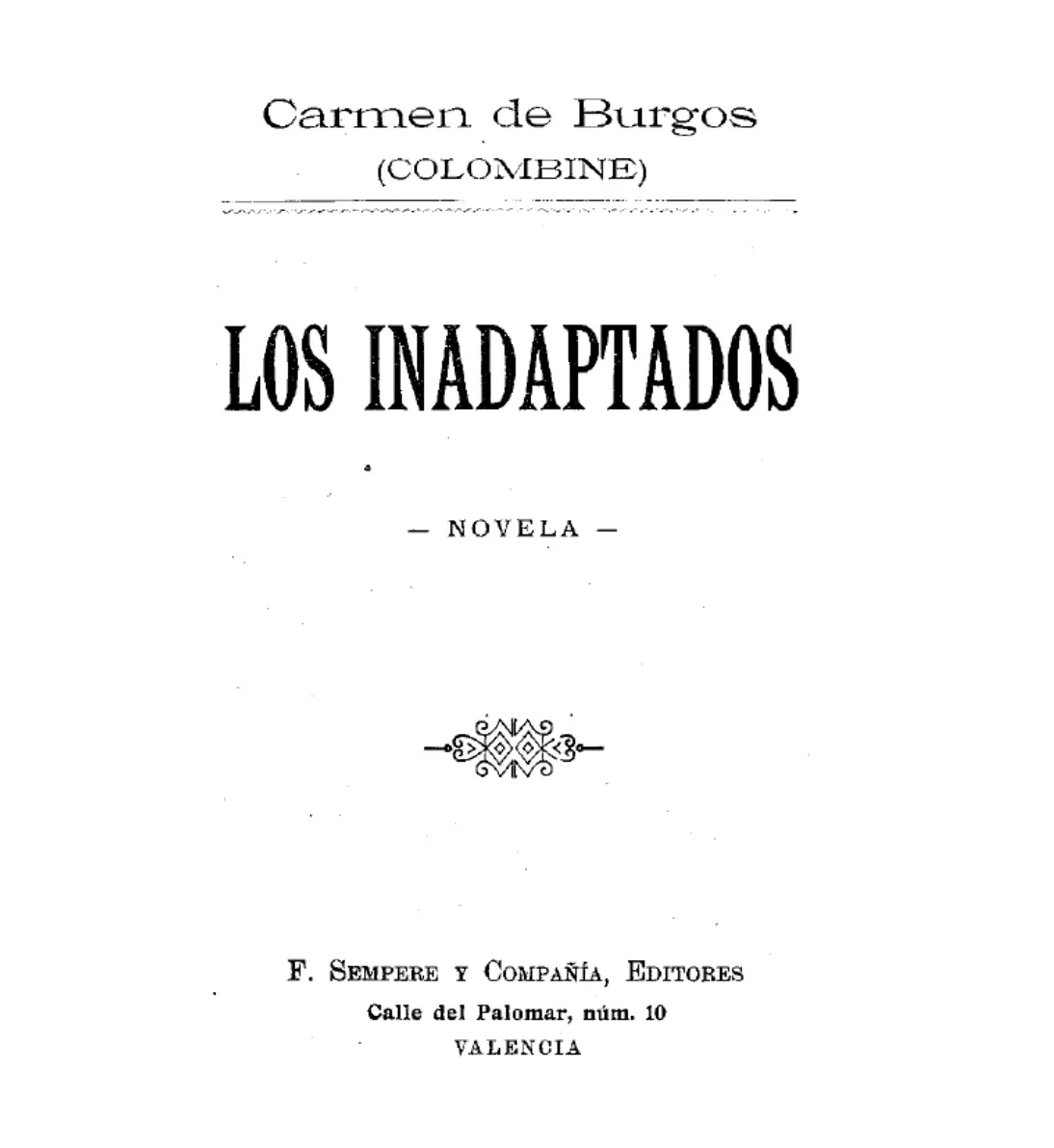
The Misfits (1909), Carmen de Burgos
The Almería that Colombine paints for us is wild and unexpected for those who have never slipped through its fields and sands. The author not only wrote about the inhabitants of the valley, but she also wrote about many others landscapes of Levante Almeria, the one she knew and described so well.
"Carmen was also a great sociologist . The relationship she has with the Rodalquilar area is emotional and idyllic without being fanciful, because she was very happy there in her childhood. But, on the other hand, she is also very sociological, since she narrates how the women of the place lived, the moral of the time , even How was the work divided between men and women? , which was clearly unfavorable towards women", says Mar Abad , co-founder of the magazine Yorokobu and the content company Brands and Roses.
Also journalist and Almerian , Mar just published the book _ Ancient but Modern _ (Libros del K.O.), in which she takes an exciting journey through the lives of some of the pioneering women in Spanish journalism . And in which she, of course, talks about her -our- countrywoman.
Carmen de Burgos She also echoed an event that occurred in a place very close to her Rodalquilar. Although, at that time, she was already residing in Madrid, she became, in 1931, the first to publish a work inspired by that tremendous **crime perpetrated in 1928 in the Cortijo del Fraile **.
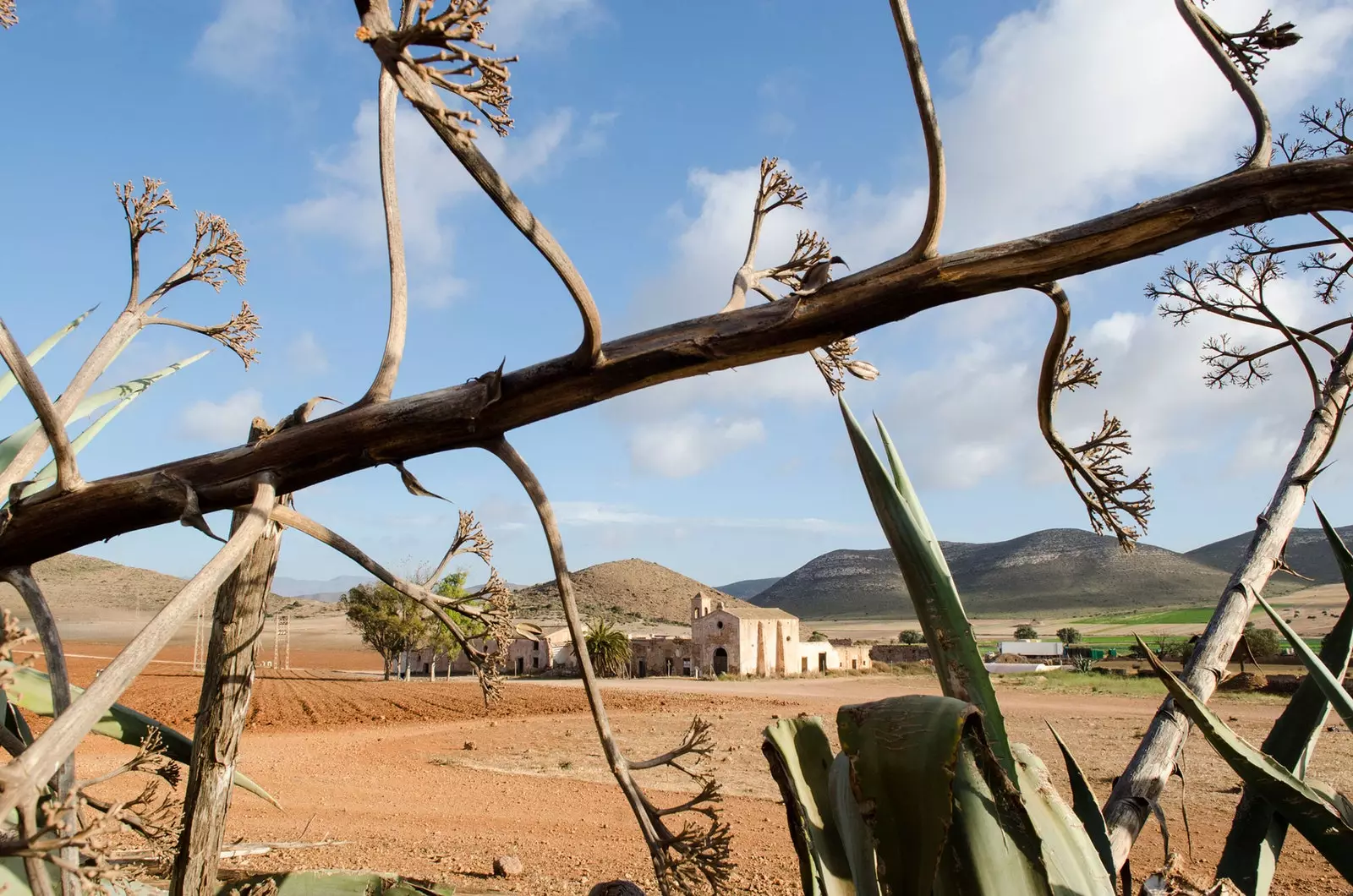
Farmhouse of the Friar
This event was the seed of dagger of carnations , a story with a feminist reading and whose ending is left open, launching its protagonists towards a better future. Two years later, in 1933, Federico García Lorca published Bodas de Sangre, also inspired by the events of the Cortijo del Fraile and of universal recognition. The Franco regime was able to shoot him, but never silenced him.
It is probable that Carmen felt identified with Francisca Canadas , the real protagonist of that story. Not only for knowing well the scenario in which it takes place, but also for being a woman longing for freedom in an environment that seemed bleak and prim, and whose silence suffocated her.
Colombine immerses herself, thus, in the costumbrista narrative of a world that knows perfectly: "The surroundings of the Monje farmhouse were sad; dry farmhouse in the middle of the desert, between the flat and bare hills, with no other flora than firewood, palm trees and atochas. There was nothing else trees that an almond and a fig tree, surrounded by a stone balate , beyond the threshing floor, in front of the farmhouse door. There the girls had planted some bushes of palo santo and mint, and some wallflowers, and carnations, for which they pompously gave it the name of The orchard . The farmhouse was large, it had a certain feudal aspect when seen from afar, because being in the hollow made it possible to discover the end of the arches of the cattle sheds and it had a certain aspect of a cloister, which rhymed with the door of the graveyard and the pointed and sad cypresses ".
A story in which Carmen de Burgos vividly recreates the passion of her protagonists and her own passion when describing that Rural Almeria where she grew up free from God and laws . An Almería that serves us as an undeniable excuse and perfect landscape to recover, yes, to Colombian.
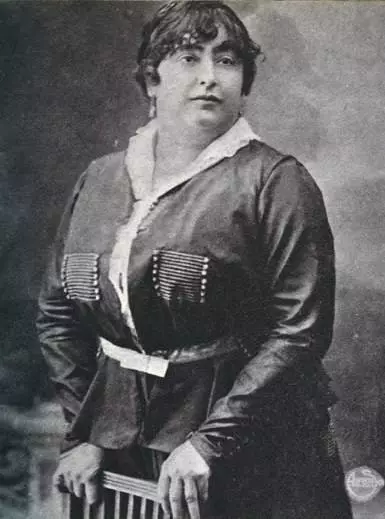
Rodalquilar: the beautiful Andalusian valley of Carmen de Burgos
